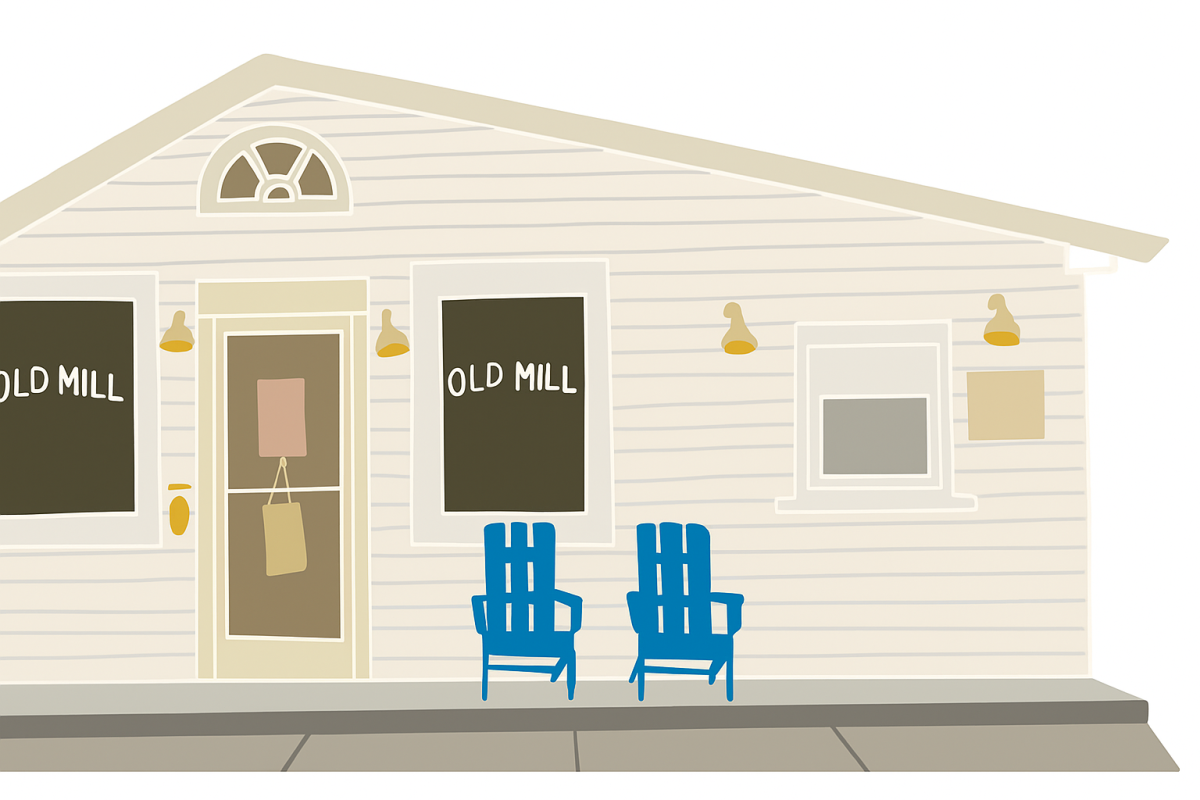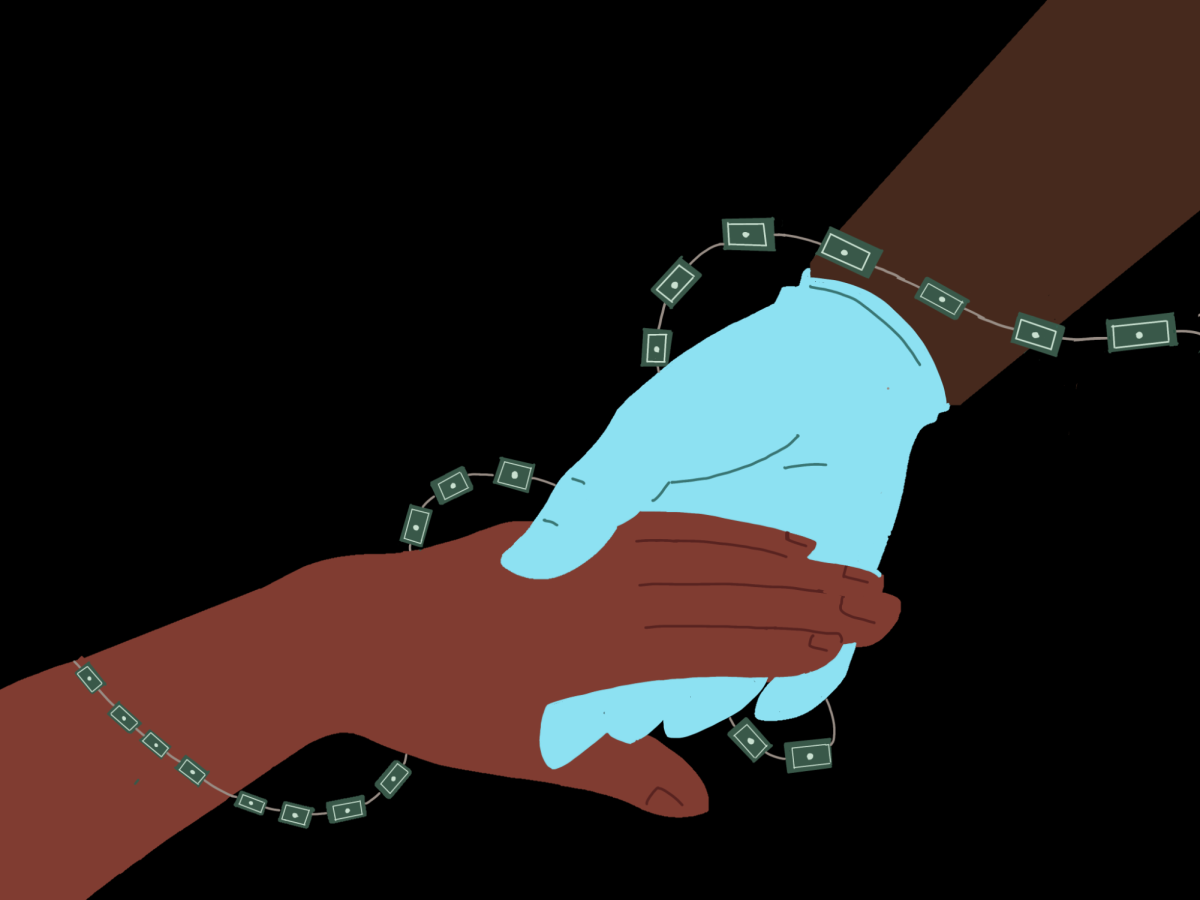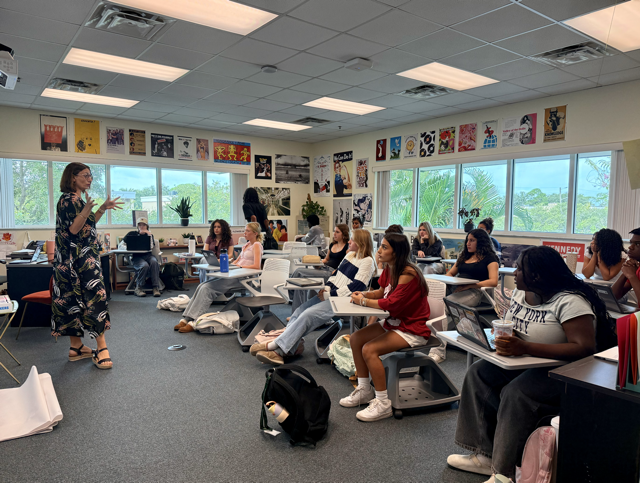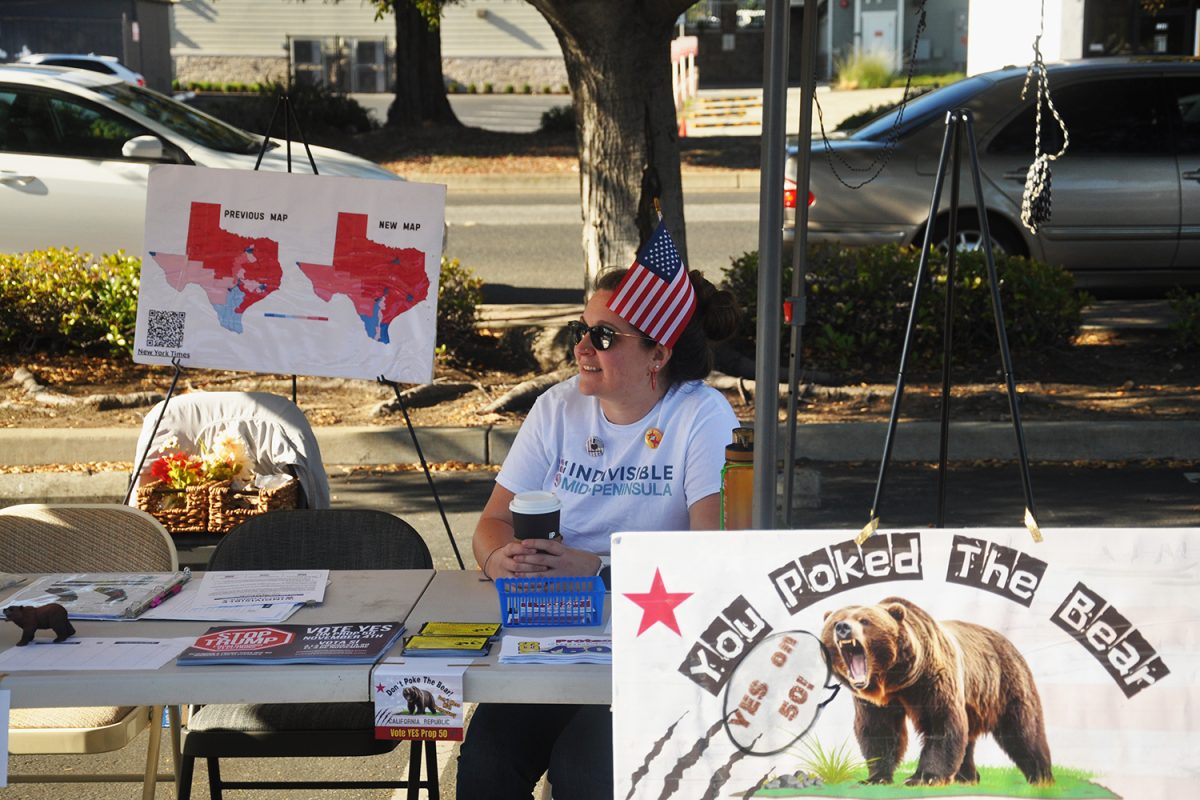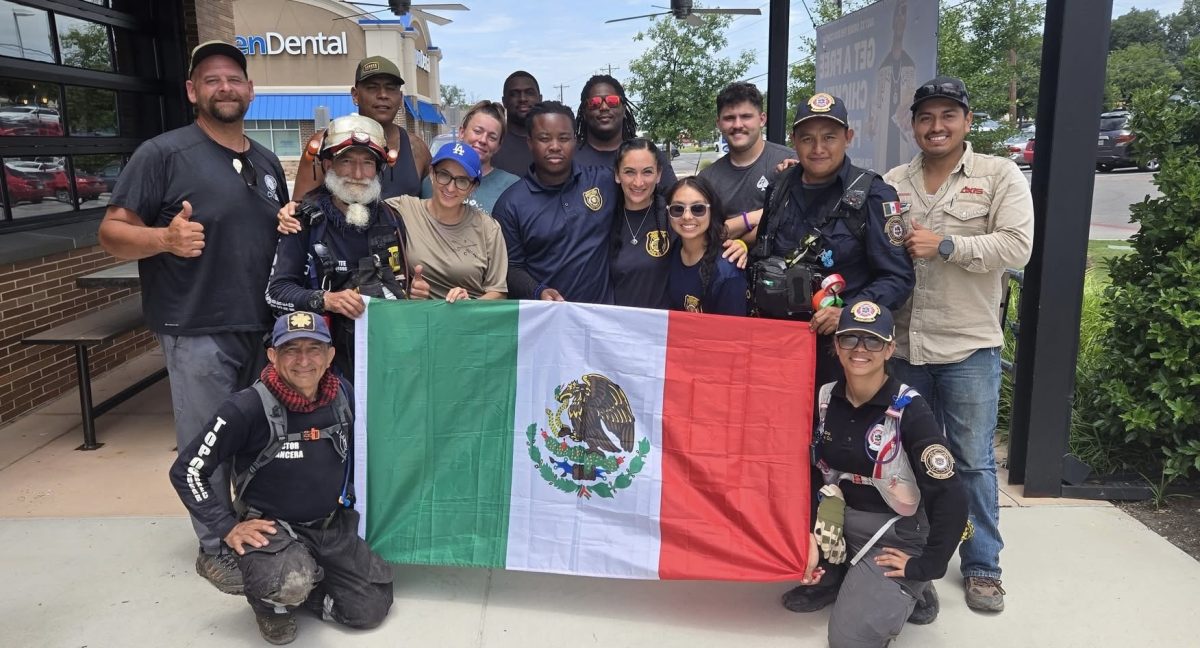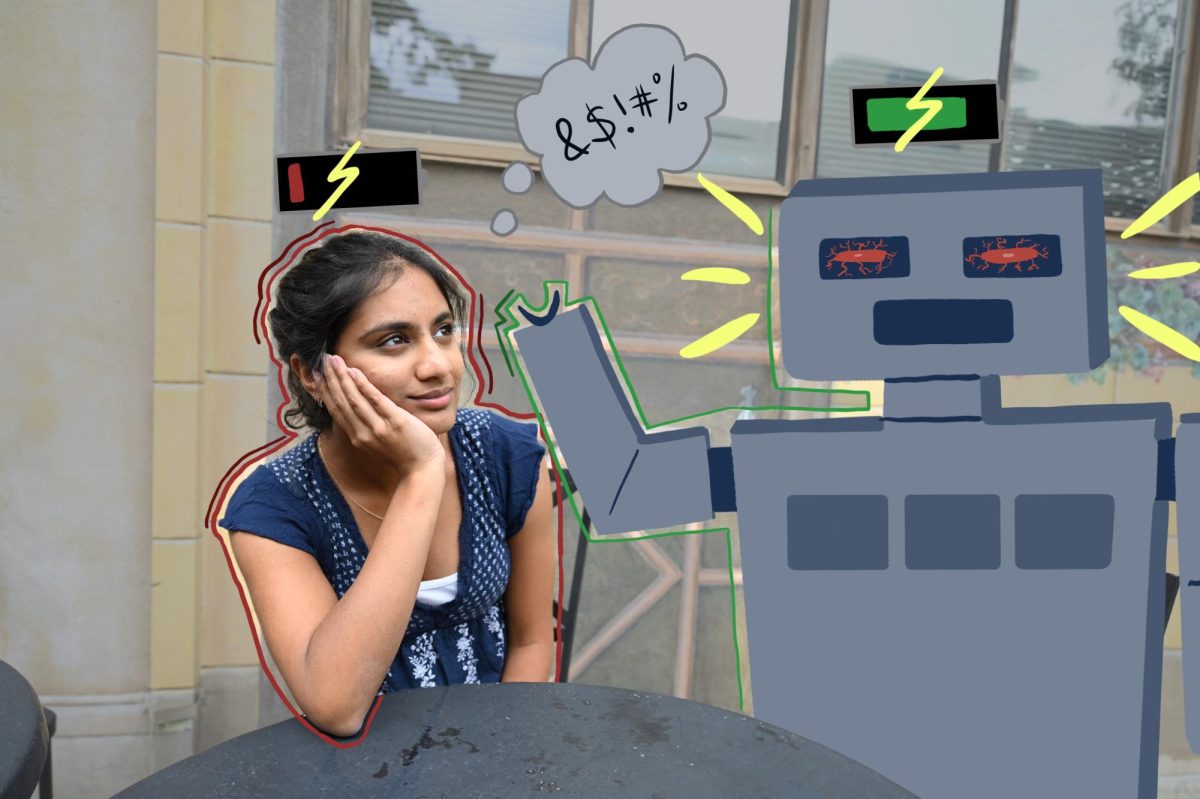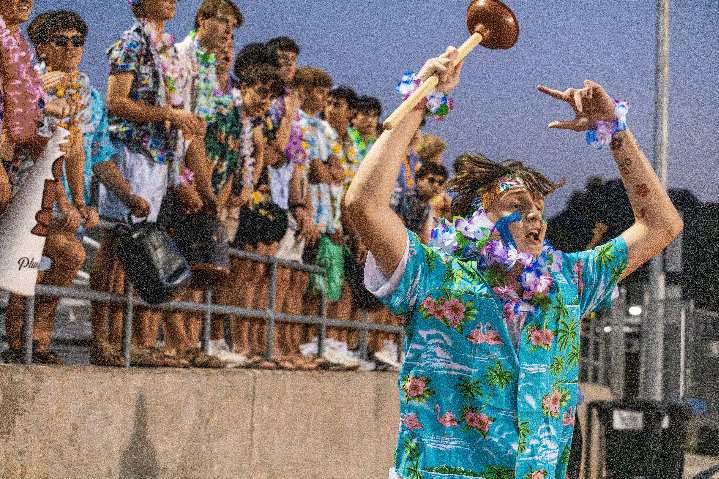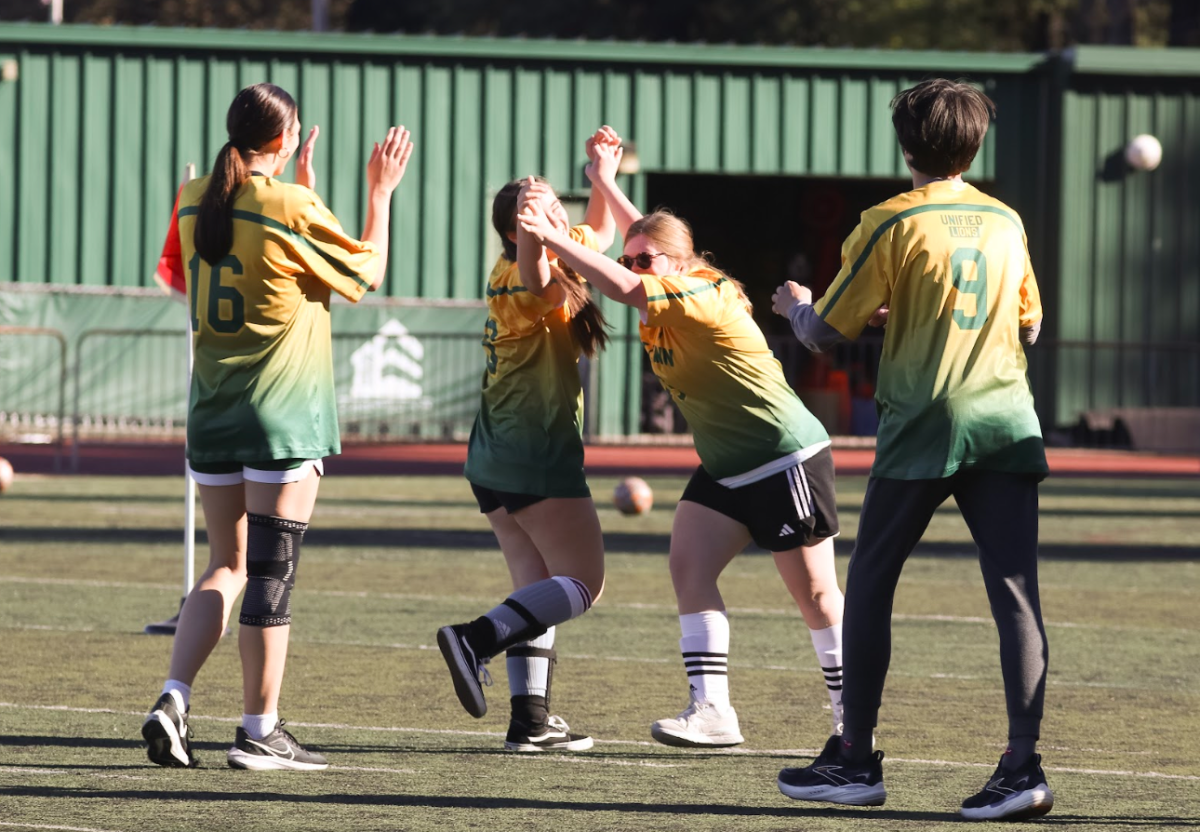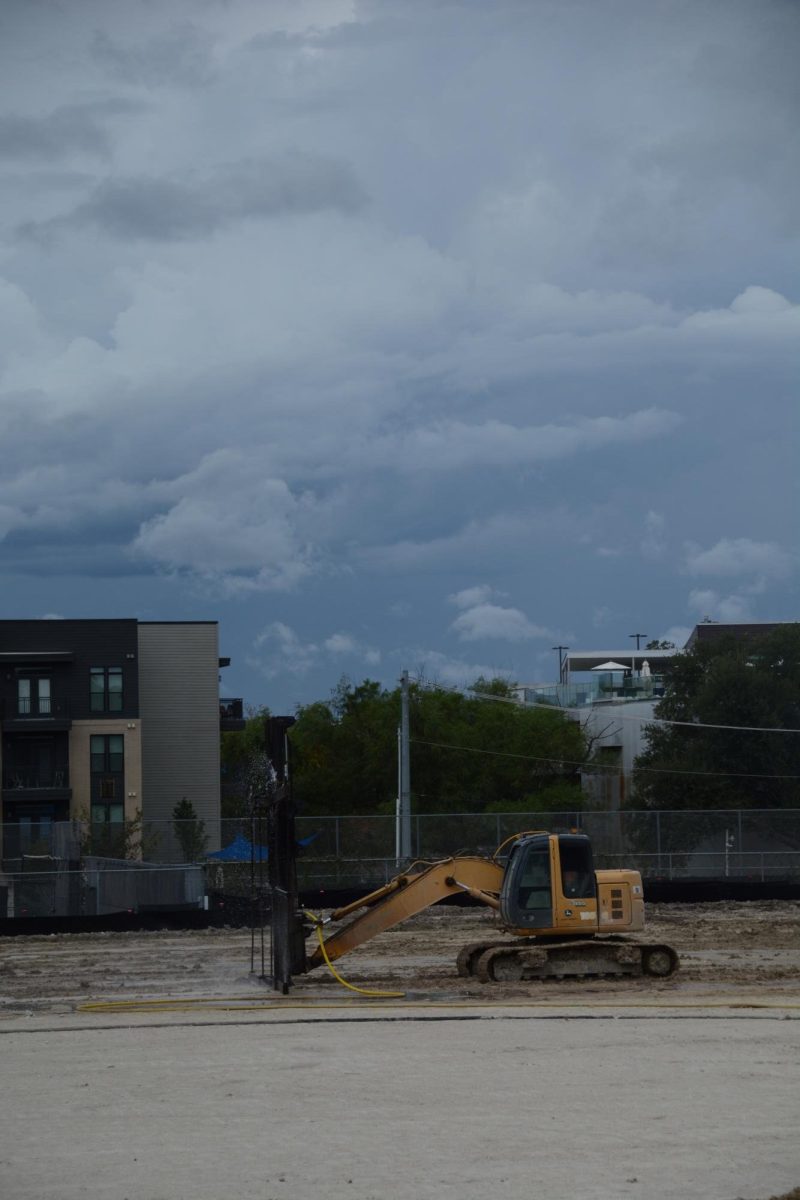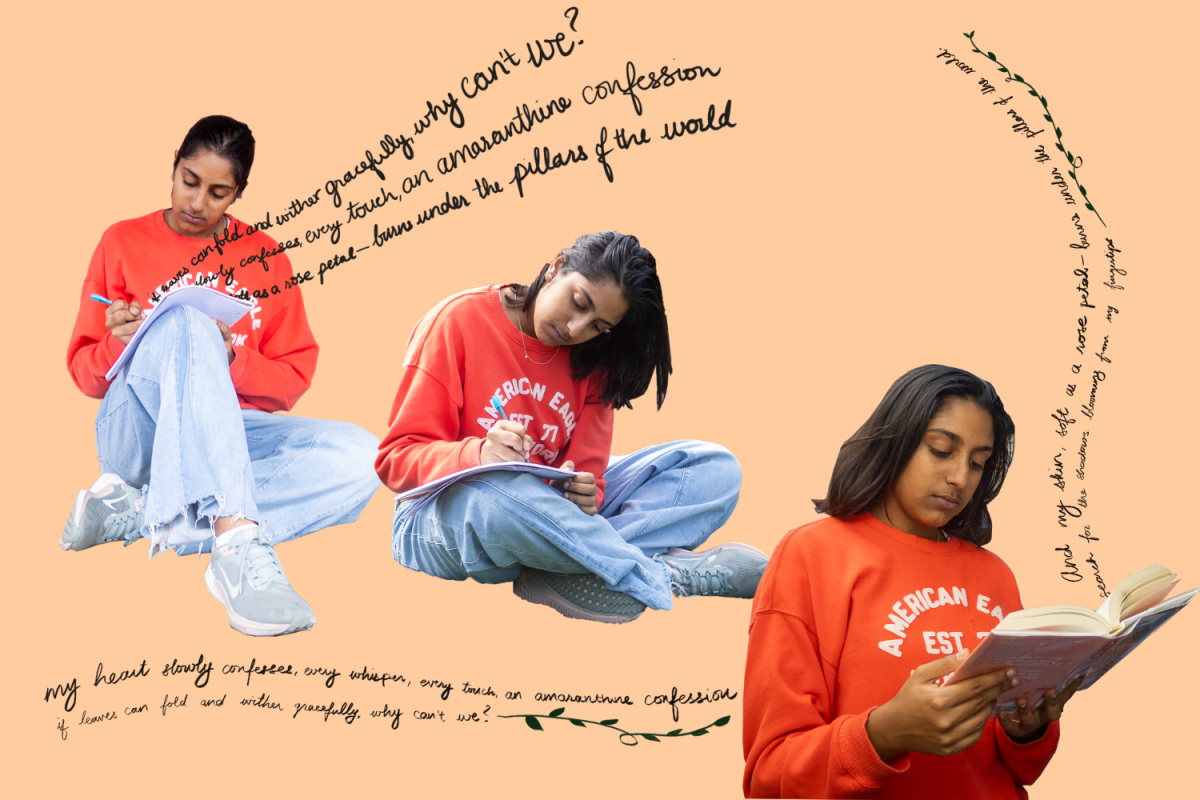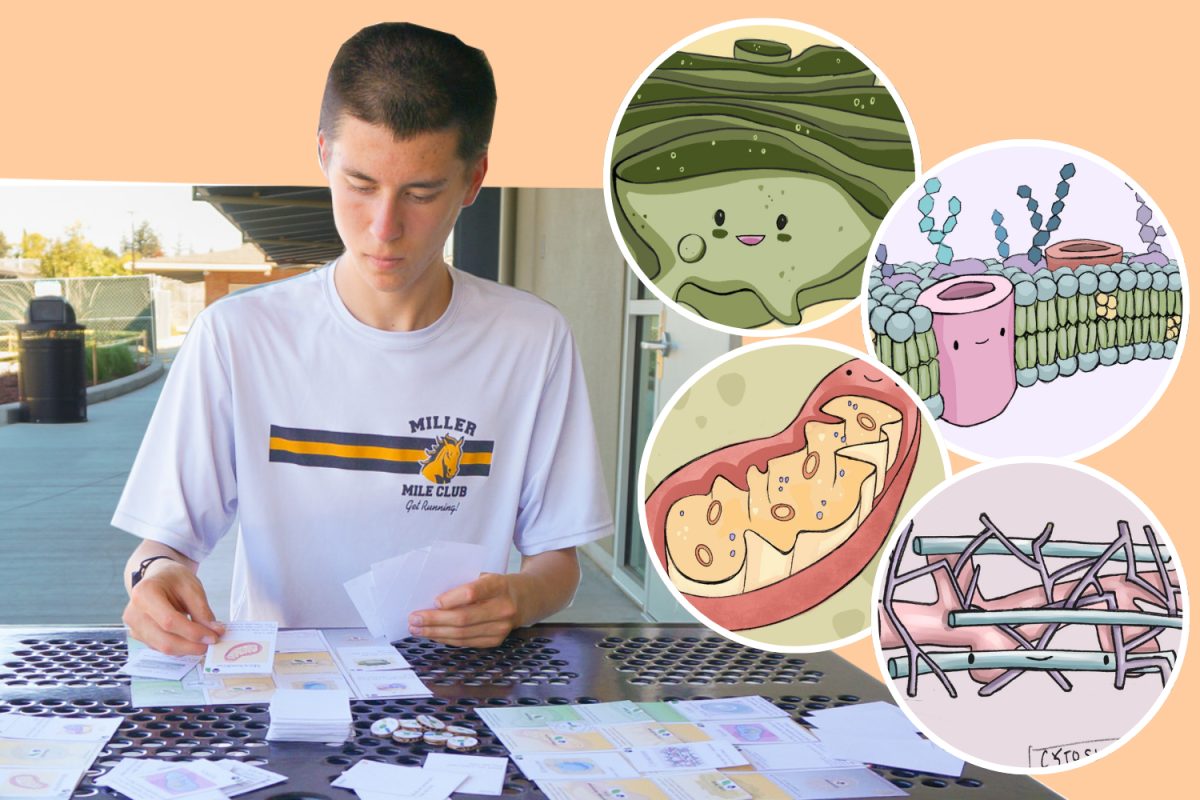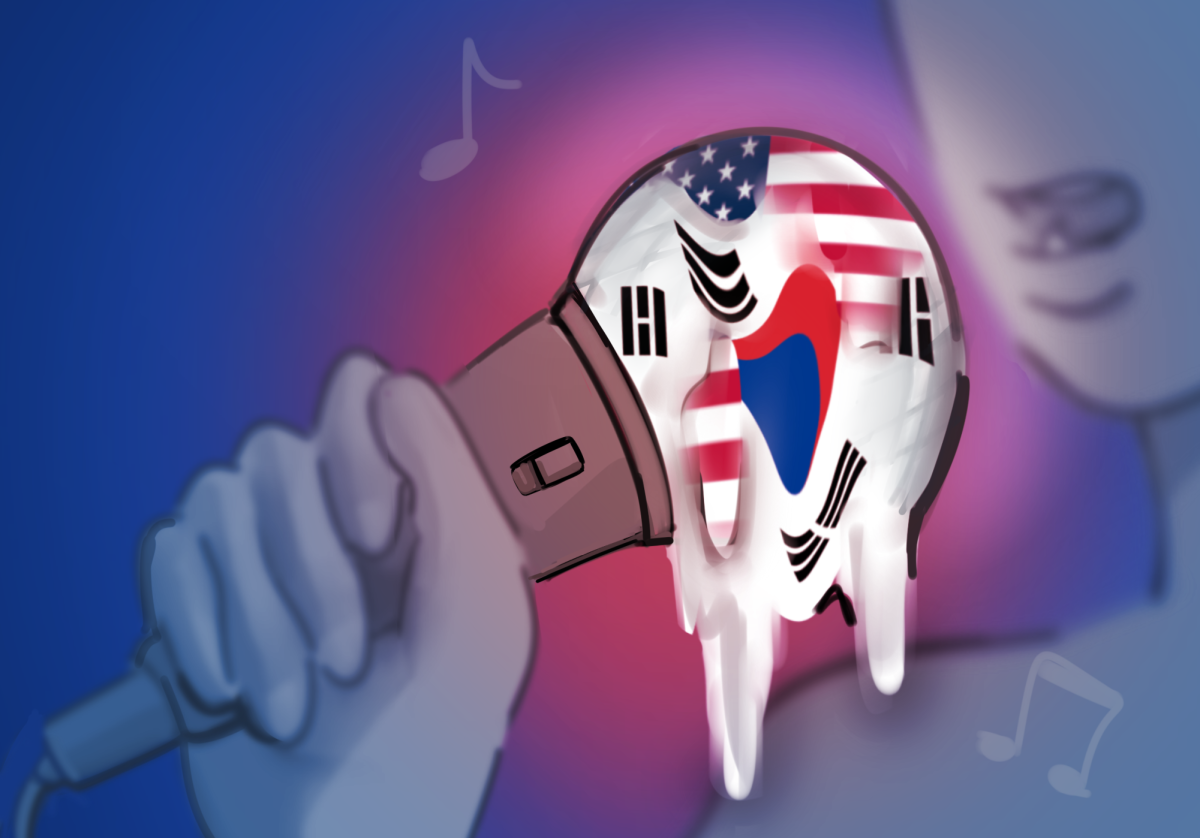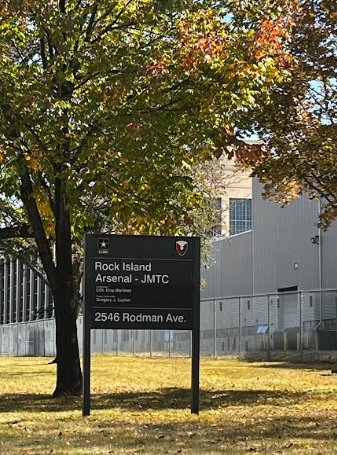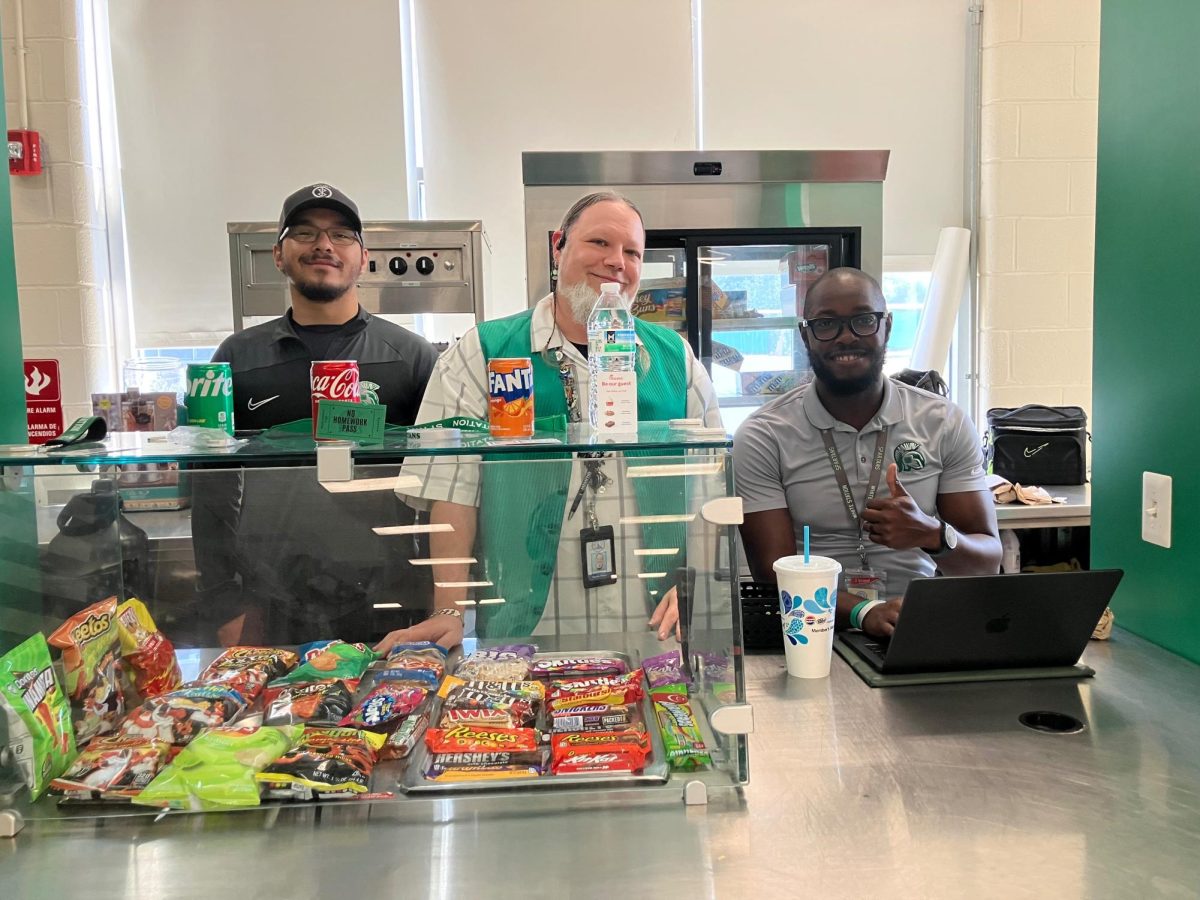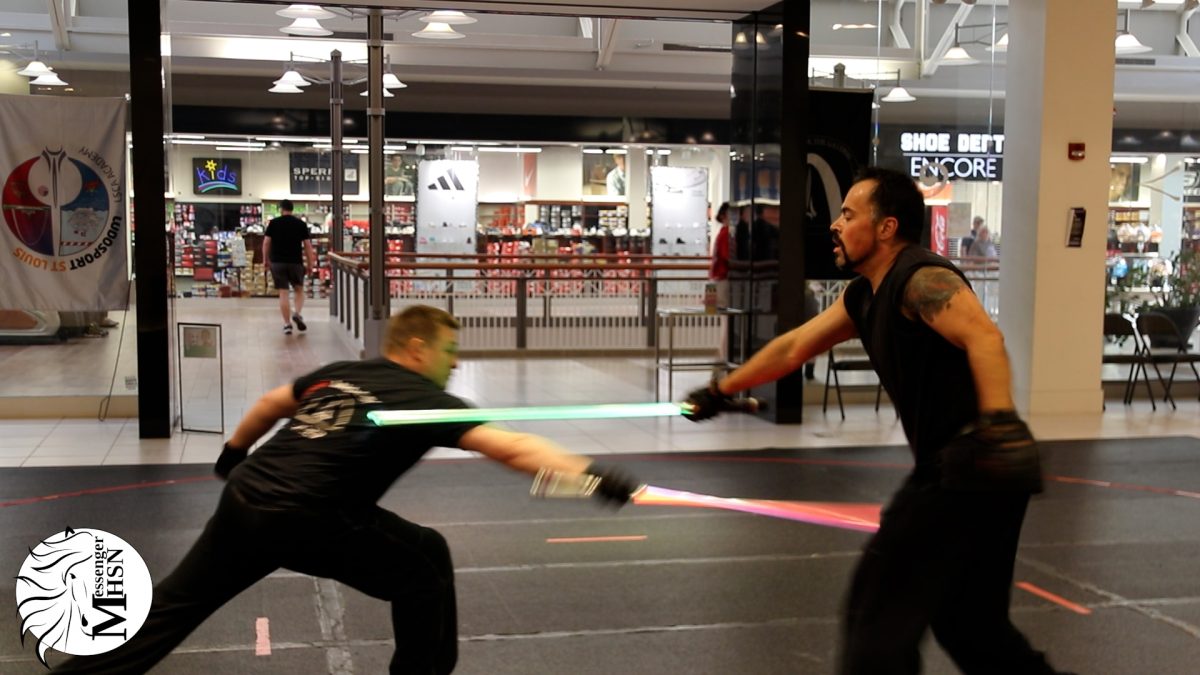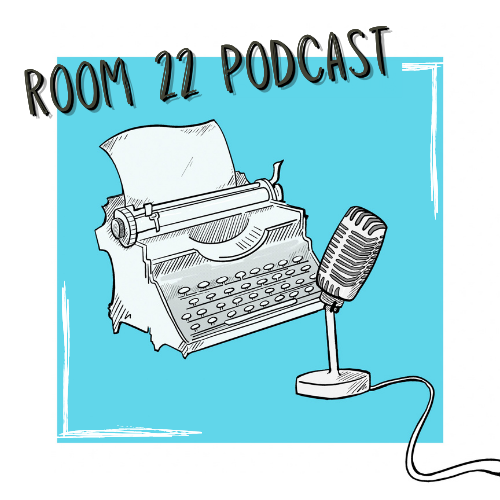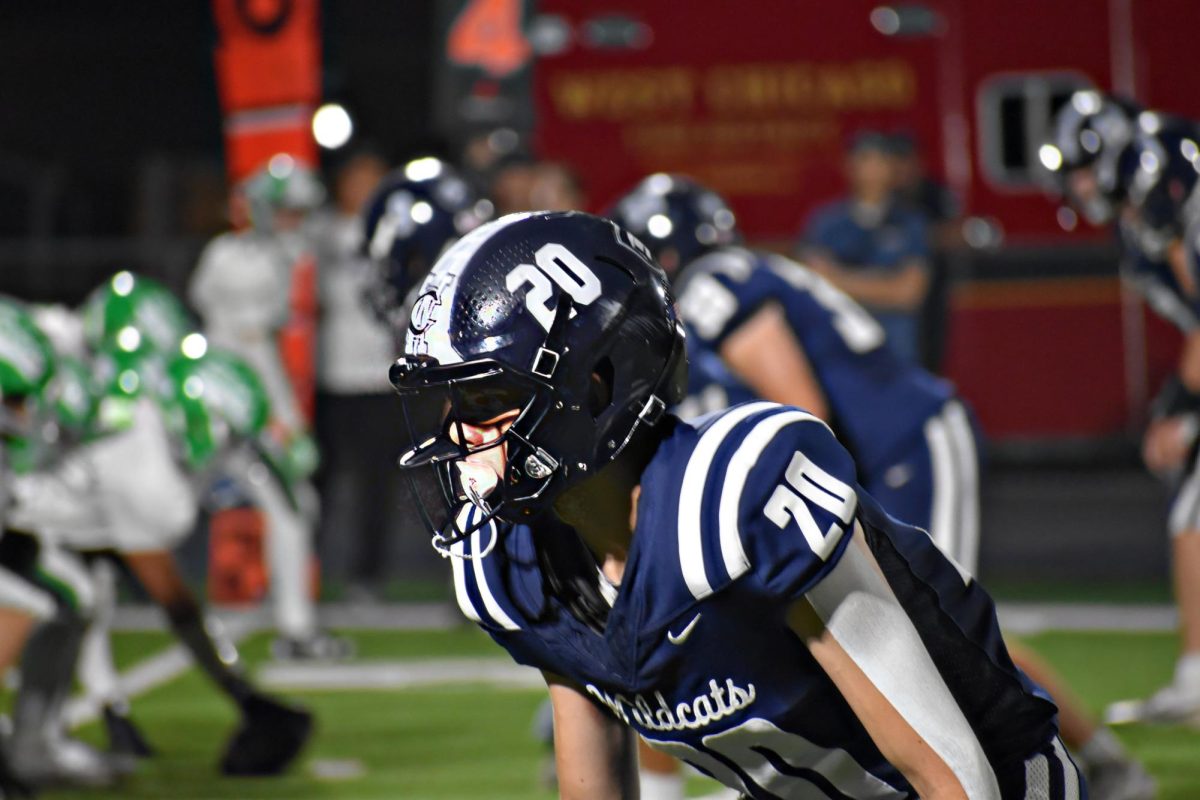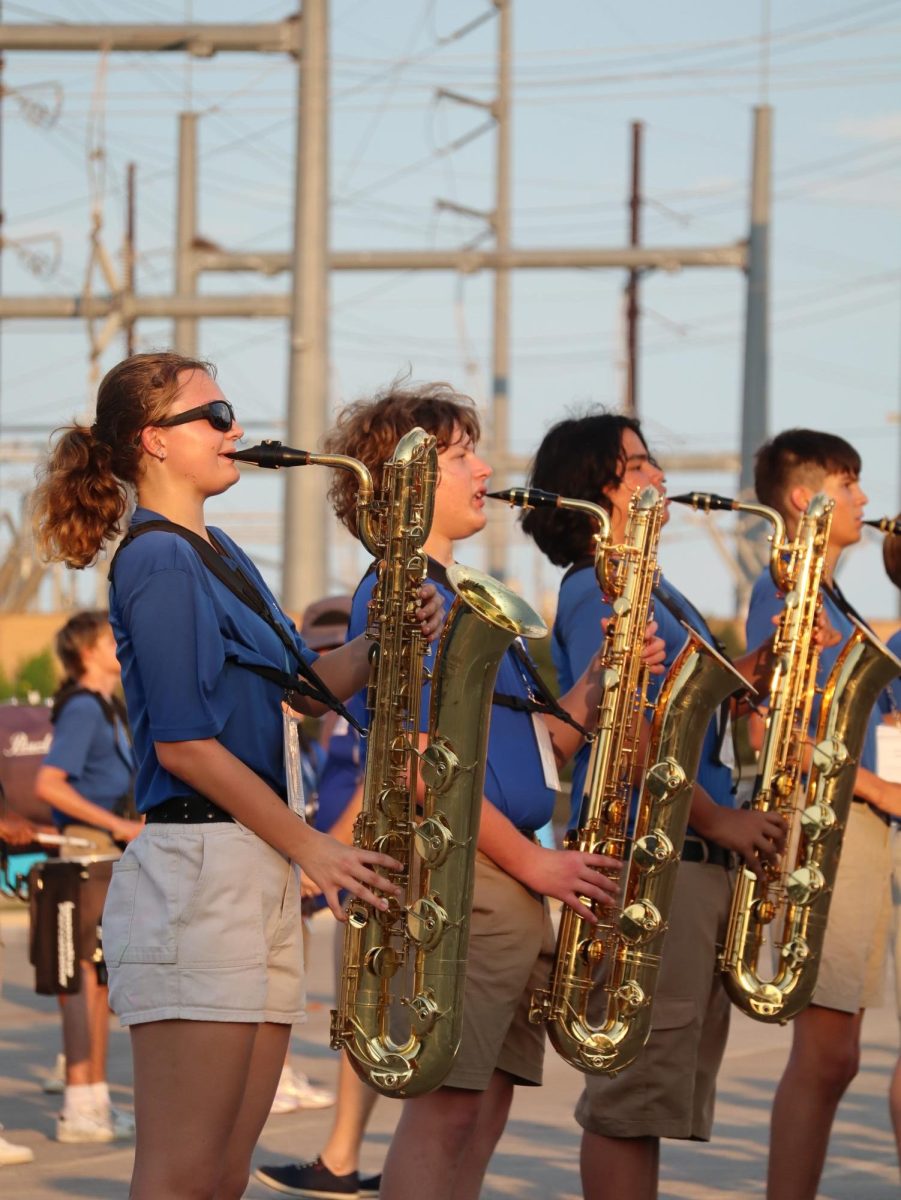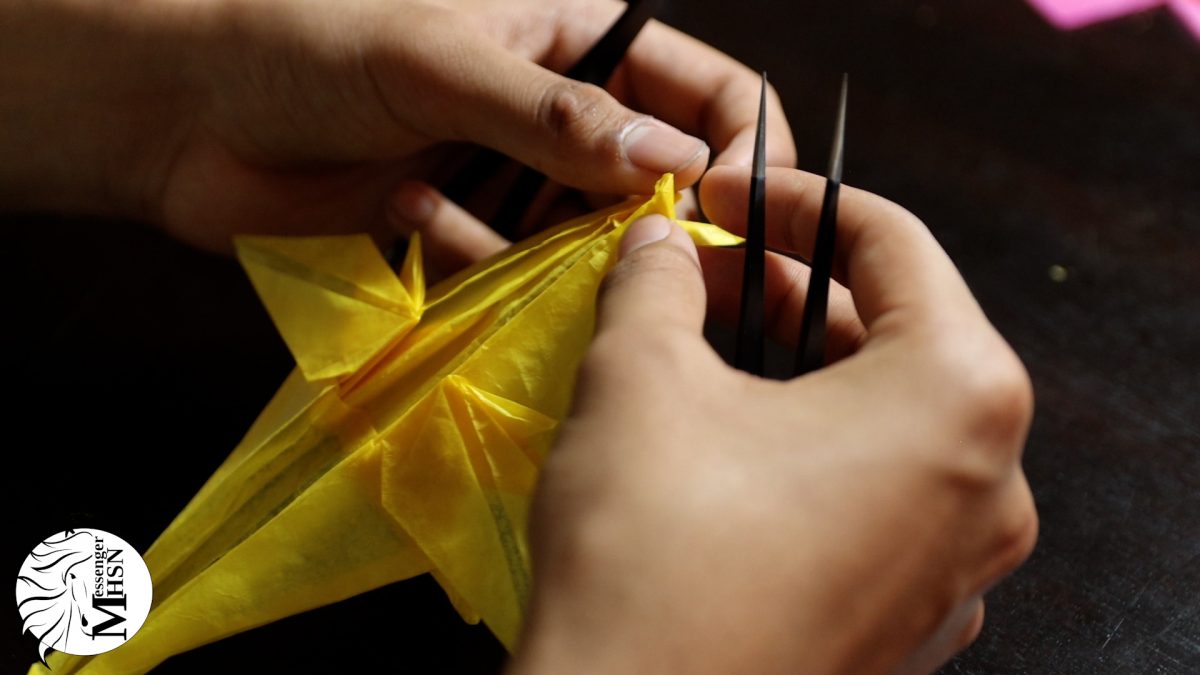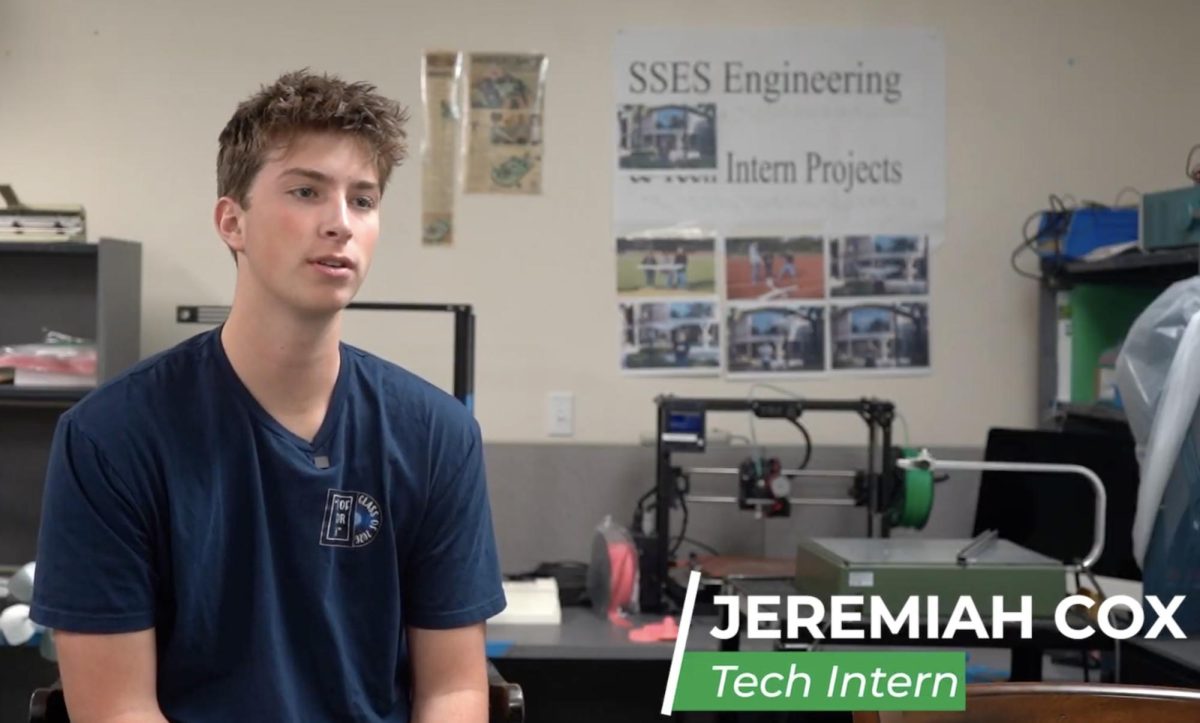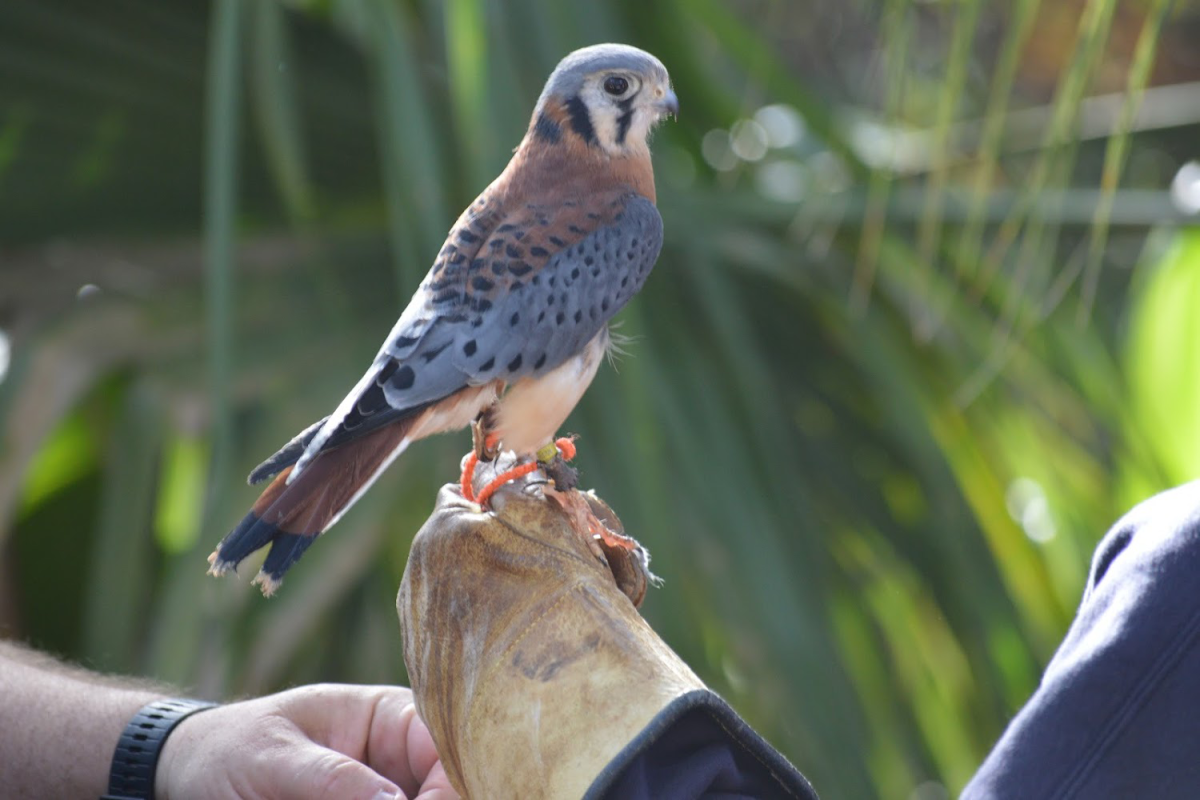North America has lost 3 billion birds, a 29% decrease in overall bird populations since 1970.
Over the past 55 years, bird species abundance and population numbers have declined rapidly. Due to climate change and various human activities, the number of avian species has decreased to extremely low numbers. Around 12.8% of birds are in endangered categories, pushing birds closer to being globally threatened.
“Since 1970, we have lost around 3 billion breeding adult bird species,” said Melissa Hero, a Biology teacher at Carlmont High School who has a degree in Avian Sciences and is the secretary on the board of directors for the Sequoia Audubon Society.
A bird’s eye view
Avian species and birds have been a fascination for centuries. From art to practical uses, birds have been an essential part of human history and play an important role in religion, hunting, and artistic uses. In today’s world, from television shows to educational societies, birds have fascinated many people and scientists alike.
“I am 52 years old, and when I was 10, I saw a TV show called ‘Omaha’s Wild Kingdom,'” said Terry Arndt, a professional falconer and bird caretaker. “I remember I saw one of the hosts catch a falcon with his bare hands, and I thought that was the coolest thing ever.”
Falconry is the hunting of wild animals using a bird of prey, which dates back to ancient Egyptian times. Falconry’s primary use was for hunting and to obtain food. However, as time progressed and bird populations dwindled in recent years, falconry developed into something more. While birds of prey in falconry are used primarily for hunting, they are also used for educational services and conservation efforts.
“It is nature happening in front of your face. We are asking these birds to let us be a part of it. Now, it is more about the sheer enjoyment of being a part of nature. However, falconers are also educators because if anybody sees us holding one of those birds or having that bird fly, people want to know about falconry,” Ardnt said.
Many restrictions on owning birds make it harder to be a falconer. The U.S. Wildlife Services has put in place laws to protect many of the wildlife and bird species and ensure they are in good health.
“They can come onto your property anytime and do a falconry inspection. When you sign your falconry permit, you give the government permission to enter your property anytime. Most falconers disagree because we should have the same Fourth Amendment protections as citizens. But, as it stands now, that’s just the way that it is,” Arndt said. “Some falconers filed a suit against the California Game and Fish because of how they managed that.”
Conservation efforts have been widespread in conservation societies and rehabilitation facilities, especially in expanding education surrounding falconry.
“UC Davis has a raptor center on campus, which runs through the vet school. But also, they have a bunch of birds of prey. They take in birds that have been injured, and they will rehab them and release them. However, some of them are birds that cannot be released, and they keep them there for education,” Hero said.
Behind the vanishing wings
According to the National Park Service, raptors are threatened by habitat loss, disease, pollutants, climate change, and human disturbance nationwide. A study found that across North America, Central America, and the Caribbean, 75% of bird species are declining overall, even in habitats where they thrive the most.
In California, water pollution is a significant contributor to the decrease. Birds can suffer from chemical poisoning due to lead, high levels of mercury, and ingestion of oil-contaminated food, which can lead to death and a decline in reproduction levels.
“Everything in the city, from dog poop to plastic, to oil, to the rubber in tires, gets washed off into the water systems, which are then taken in and get into our systems. It will mess with reproduction, survivability of the babies, and their growth and development,” said Michael O’Neall, an Advanced Placement (AP) Environmental Science teacher at Carlmont High School.
According to Hero, there are even more causes for the rapid decline of predators, including pesticides like rodenticides or poisons used to kill rodents.
“Rodenticides are especially bad for raptors. There’s a ban in California on anticoagulant rodenticides. When people use it, the rats, mice, and rodents eat it, which slows them down and turns them into easy prey. When the hawks or raptors eat them, they will get a transfer of that rodenticide, and it will kill everything higher on the food web,” Hero said.
Pesticides in fertilizer also pose a threat to organisms.
“When it rains, the pesticides from the fertilizer in people’s yards get into the water supply and will either cause an increase in algae growth, which dysregulates the entire system, or cause pesticides to kill off all the bugs, which is what the birds eat and disrupts the whole system,” O’Neall said.
Additionally, according to the National Library of Medicine, temperature increase has displaced many species. The average distance a bird travels north has grown over time. Due to warmer climates, 186 of 305 bird species have moved northward more than 200 miles since the 1960s.
While some birds can adapt to hotter temperatures by relocating, others may not change where they live and experience a population decline. A good habitat is vital for the breeding season and the survival of birds. If that habitat is destroyed or disturbed, productivity can be reduced, leading to a decrease in the quality of bird habitats, according to the U.S. Fish & Wildlife Service.
“Habitat destruction is one of the leading causes of birds’ decline. We have many people moving in, and they have to build subdivisions for these people to have places to live,” Ardnt said.
In addition to metropolitan expansions, renewable energy can have unintended consequences on bird populations.
“Windmills are killing thousands of birds every year. So it’s not as green as we think it is. I think we have to find a medium somewhere,” Ardnt said.
Soaring towards solutions
To make a difference in the lives of these birds, one pathway for interested individuals is to volunteer in programs like Hero did during her time at the University of California, Davis.
“We started up an outreach program where we would bring our birds. We also had a macaw on campus that was part of the programs that we trained and took care of. We would go to elementary schools and talk about conservation,” Hero said.
The Yurok Tribe of Northern California found a California condor dead in Redwood National Park from lead poisoning after eating a bullet containing high concentrations of lead, which is why taking care of the natural environment is also vital for the survival of raptors and birds.
“Planting native plants and gardens in your yard can also benefit birds because it provides them with the food they have adapted to, and it will bring in the insects that they need, like nectar plants,” Hero said.
Samantha Little is the Raptor Conservation Manager for Audubon Florida, a bird protection organization. She notes that cultivating a safe environment for raptors is essential to their protection.
“The biggest thing you can do to help young raptors is to make their growing up easier,” Little said. “Cleaning trash and fishing line will keep it from reaching the birds’ nests. Planting bushes near trees so that if birds jump too early, they have safe areas to hide and learn to fly. Also, knowing when is the best time to trim trees is important–many animals nest during the spring, and trimming trees in the spring can disturb a wide variety of animals and may not be the best for the trees.”
Finally, people can help protect raptors by being aware and informing others. For example, infrastructure can pose deadly risks, as electrocution also contributes to habitat loss.
“If we find that a bird is dead under a power pole, the most likely cause of death is electrocution. We can call the power company, and they’ll come out and put a small plastic cone on top so the birds don’t perch on that anymore,” Arndt said.
Hero claims that learning to appreciate birds is the first step to protecting them.
“One of the things that I think I would love for people to do is just to stop and listen quietly when they’re outside. If people stop and do that, they’ll have a greater appreciation for what’s around them and may start to think about what we can do to protect or save them so that they’re always here for future generations,” Hero said.
This story was originally published on Scot Scoop News on May 20, 2025.


